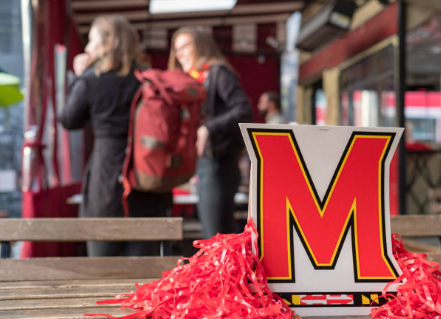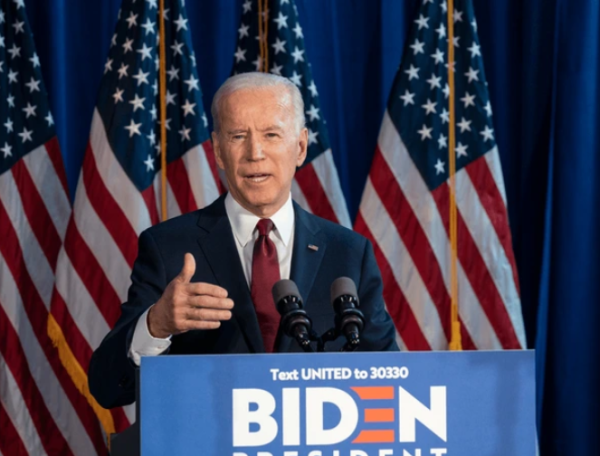GM rebounding after strike costs company billions
The forty day United Auto Worker (UAW) strike against General Motors (GM) came to an end Friday Oct. 25, as members voted to ratify a four year Collective Bargaining Agreement (CBA), with 57% of the UAW’s 48,000 members voting in support. UAW members centered their strike around plant closings and the lack of investment in domestic production alongside other traditional issues of wages and bonuses.
The CBA resulted in the largest of America’s ‘big three’ auto producers investing $7.7 billion in current plants and adding thousands of new jobs. Furthermore, the Union agreed to not interfere with General Motors’s closing of four facilities in the United States. Union members also secured financial victories,including workers having to wait a shorter time to begin earning $32 per hour. The UAW will also maintain their health insurance program. Furthermore, United Auto Workers also secured a victory by winning yearly bonuses plus a $11,000 bonus this year for the ratification of the CBA.
GM’s stock struggled throughout the duration of the strike, falling by as much as 9.1%. This is the lowest GM has reached since May this year. $33.88 , since the strike began on Sept.16. Furthermore, General Motors lost $2 billion and forty days of inventory as a result of the work stoppage.
General Motors wasted no time in increasing production following the strike. To return to normal inventory levels, GM had some of their workers who went on strike go into work over the weekend. The strike prevented GM from producing 165,000 cars and trucks.
Typically, automakers like to have dealers carry between 60-65 days worth of inventory. However, these numbers are misleading. For example, Chevy Silverado trucks had 93 days on inventory while the popular Chevy Tahoe SUV only had an inventory of 57 days. Furthermore, according to CNBC, President of the Colorado Auto Dealer Association Tim Jackson, cautioned “GM’s retailers in the Rocky Mountain state to burn through their allocations quicker than those elsewhere considering that light trucks make up 82% of their sales, well above the national average. The strike caused the automaker to drop to about 30 days worth of inventory, nearly half the average dealers typically carry.
GM’s stock value has rebounded slightly upwards following the passing of the four year CBA, which raised stocks 2.57%, up to $36.74 per share at the closing bell Oct. 25. Furthermore, GM rose to $38.39 per share on Monday, which is higher than Sept. 16, the day the strike began.
United Auto Workers are now setting their sights on the Ford Motor Company and Fiat-Chrysler, the other two companies in the United State’s ‘big three’ auto manufacturers. Ford and the UAW agreed on a deal which will invest $6 Billion in US plants, the investment will create an estimated 8500 jobs. The deal will also raise full time, non temporary employee wages and a $9,000 bonus per employee ratification. The union members will conclude its ratification vote Nov. 15. Negotiations between Fiat-Chrysler and the UAW is ongoing.

Connor Dorsey is Senior in the Independent Studies Program. He is the owner and founder of Dorsey Umbrella LLC, and plays baseball and hockey for Poolesville.
Favorite...











